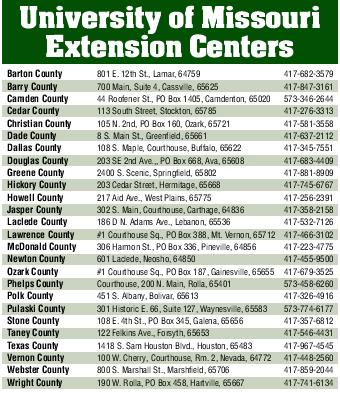Age and source verification is an easy way to increase the return on your calves. But most producers don't use it.
Verification started to achieve popularity three years ago, when Japan reopened its market to U.S. beef for the first time since the December 2003 case of BSE in Washington State. Japan requires all U.S. beef to be from cattle under 21 months of age. South Korea, which reopened its market last year after several false starts, does not have an official age requirement, but Korean importers and U.S. packers have agreed to limit sales to beef from cattle under 30 months to ease consumers' BSE fears, and Taiwan also has a 30-month barrier. So, age and source verification is a valuable tool to packers in the export business, and they'll pay a premium of several dollars a hundred for verified cattle.
Don Hubbell, resident director of the University of Arkansas livestock and forestry branch station at Batesville, Ark., oversees a herd that averages around 1,300 head — 700 owned by the university, the rest supplied by farmer-cooperators — and he sells them using age and source verification. "It's a small cost per head," Hubbell said, "but right now it's a really good return on your investment. It costs me about a dollar a head to do that, and as soon as that calf hits the killing room floor, they pay me $25." And even if a lot more ranchers start using verification, Hubbell doesn't expect the premium to drop; he said it was $15 two years ago, and may rise still further. "I think that there will always be a good, net return to the operation for doing it," he said. "Technology is taking over everything, and this is just an evolution that's going to happen in the cattle business."
Although Arkansas has its own state program, Hubbell doesn't use it, because the state charges $3.25 per head to cover the cost of the RFID tag. He works instead with IMI Global of Colorado, which verifies his cattle by group and only charges him $1.00 a head. But Hubbell can only deliver his cattle to participating feedyards.
"We may start using the state sponsored program," he said, "just to maybe give us a little more flexibility… Since we retain ownership and feed them, that tag should stay with them, whoever buys them or wherever they go." Whether it's $1 or $3.25, the premium would seem to justify the expense.
Nevertheless, Jackie Moore of the Joplin Regional Stockyards said only 10 percent of his customers use verification, and added, "It isn't much different than it's been for the last 3-4 years." Moore acknowledged the calves bring a premium, although his estimate was lower than Hubbell's at $2-3 cwt. But he said there are a number of reasons most producers don't age and source. "You've got to sign an affidavit of the age of your calves," he said, "and get a farm premise number, and they're scared of that."
In addition, he indicated there's peer pressure: "Most producers aren't that on top of the market, and it's hard to sit in the stands and say, 'Yeah, my cattle brought $2/cwt more than my neighbor's did, because they were sourced and aged'." A third reason, Moore said, is the rancher's tendency to cut costs in hard times. "It's not about how much more they can make," he said. "A lot of them, it's how much they can save to stay in business…They can't see that spending $3.50" — Missouri also has its own age and source system, and that's what their tags cost — "and getting $15 is going to help them. They'd rather just save the $3.50." Moore said the Missouri program has "a little bookwork and a paper trail to keep up with, but other than that, that's the only expense to it."
Hubbell said they maintain their own records so they can track the performance of the cattle, but IMI Global also keeps a database that allows packers to trace back cattle. That means a packer that buys good cattle may want to seek out that supplier the next year; conversely, "if they get a poor set of cattle and can trace it back, they may not want to buy those animals again."
Moore said it will take two things to get more producers participating — higher premiums, and restoration of the beef export market to pre-BSE levels.
Korea is expected to get back to about half of the 20,000 tons/month it used to buy; Japan is barely at 15 percent of its previous 30,000 ton pace. Moore said, "People that are doing it are going to keep doing it; people who aren't doing it, aren't going to do it at all… it's just going to be a sideways type of market for a while, until we see these premiums."




